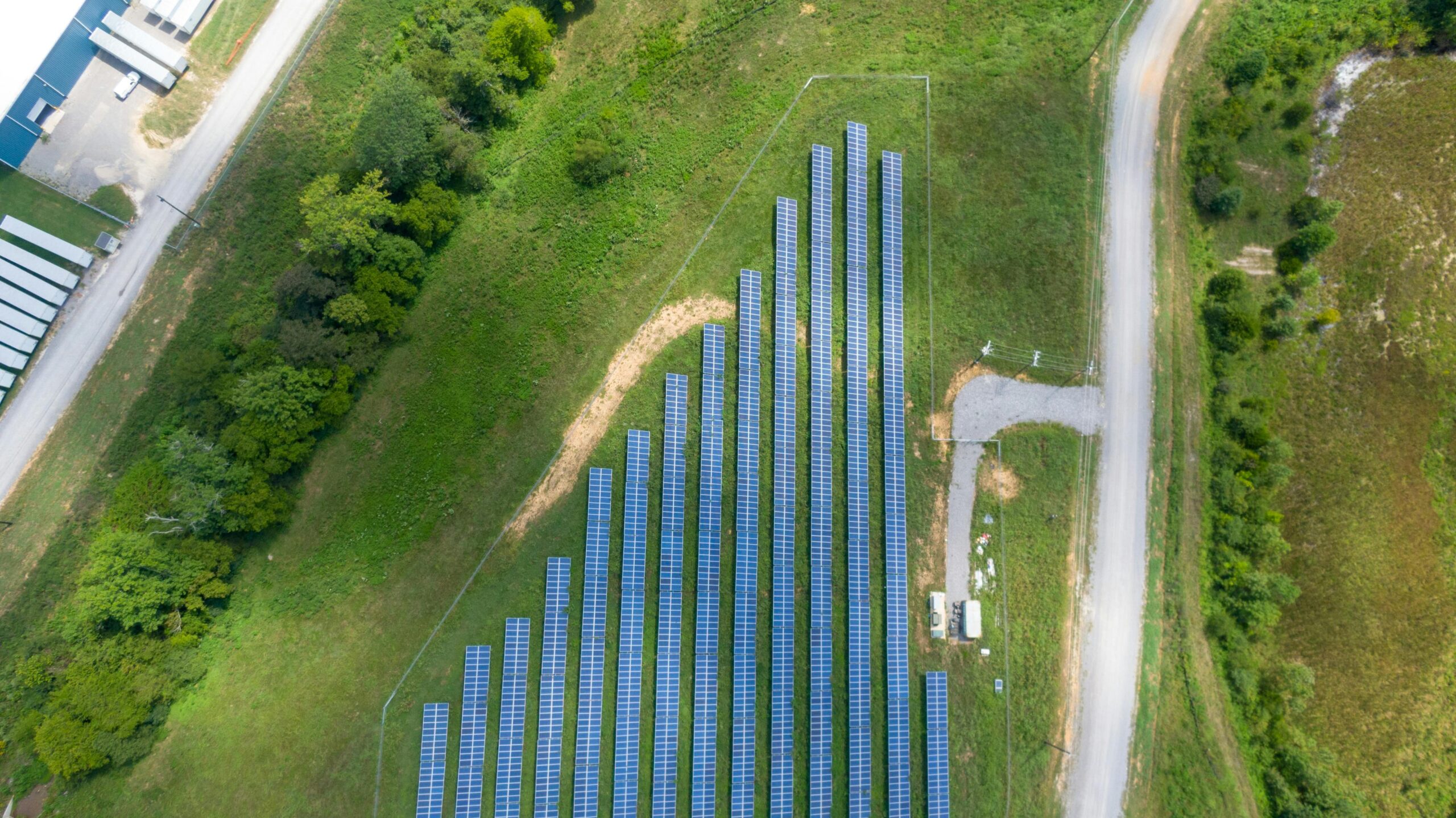Good news for residents of states participating in the federal community solar program: Low-income households who subscribe through the Clean Energy Connector software can save an average of 31% on their monthly electricity bills.
The Clean Energy Connector is a digital tool that makes community solar subscriptions with savings more accessible to households participating in government-run, low-income support programs.
The initial phase of the federally run Clean Energy Connector program is offering subscriptions in Washington D.C., Illinois, and New Mexico. The Biden-Harris administration said this phase is expected to extend $15 million in annual savings to 40,000 households, which equates to about $31 in average monthly savings per household per month.
PV Magazine, April 8, 2024
Community solar is a great way for people who can’t install solar panels on their own roofs to benefit from solar energy. By subscribing to a community solar project, residents can purchase electricity from a shared solar installation. This can be a much more affordable option than installing solar panels on your own home.
The Clean Energy Connector software makes it easy for residents to find and subscribe to community solar projects. The software also tracks the amount of solar energy that each resident is using so they can be billed accordingly.
According to the U.S. Department of Energy, the Clean Energy Connector will be open to additional states throughout 2024 and 2025 if those states that have:
- Active community solar programs with specific measures to ensure access for low- to moderate-income customers.
- New low-income community solar capacity coming online and are seeking subscribers within the next year.
- Secured support for the Connector from both the state community solar and state Low-Income Home Energy Assistance Program administering agencies. The agencies must agree to collaborate and commit staff resources to pilot the Connector.
Without a community solar program in place, Indiana will not be able to participate in this program.
What this means for Indiana in the long term
The extension of the federal community solar program to low-income households would be a positive development for Indiana. The program could help reduce energy costs for low-income residents, and it could also spur the development of new solar energy projects in the state.
Indiana has a lot of potential for solar energy development. The state has a large amount of unused land that could be used for solar farms. Additionally, Indiana has a relatively sunny climate, which makes it a good location for solar energy production.
The federal community solar program could help to accelerate the solar energy industry in Indiana. By making solar energy more affordable for low-income residents, the program could create a new market for solar energy developers. This could lead to the development of new solar farms in the state, which would create jobs and boost the state’s economy.
In addition to the economic benefits, the development of solar energy in Indiana would also have environmental benefits. Solar energy is a clean and renewable source of energy, which does not produce greenhouse gas emissions. By increasing its use of solar energy, Indiana could help to reduce its carbon footprint and combat climate change.
The extension of the federal community solar program to low-income households could be a huge opportunity for Indiana. As pilot programs launch in other states, we’ll be able to see the potential to help reduce energy costs for low-income residents, spur the development of new solar energy projects and create jobs that boost the state’s economy.

